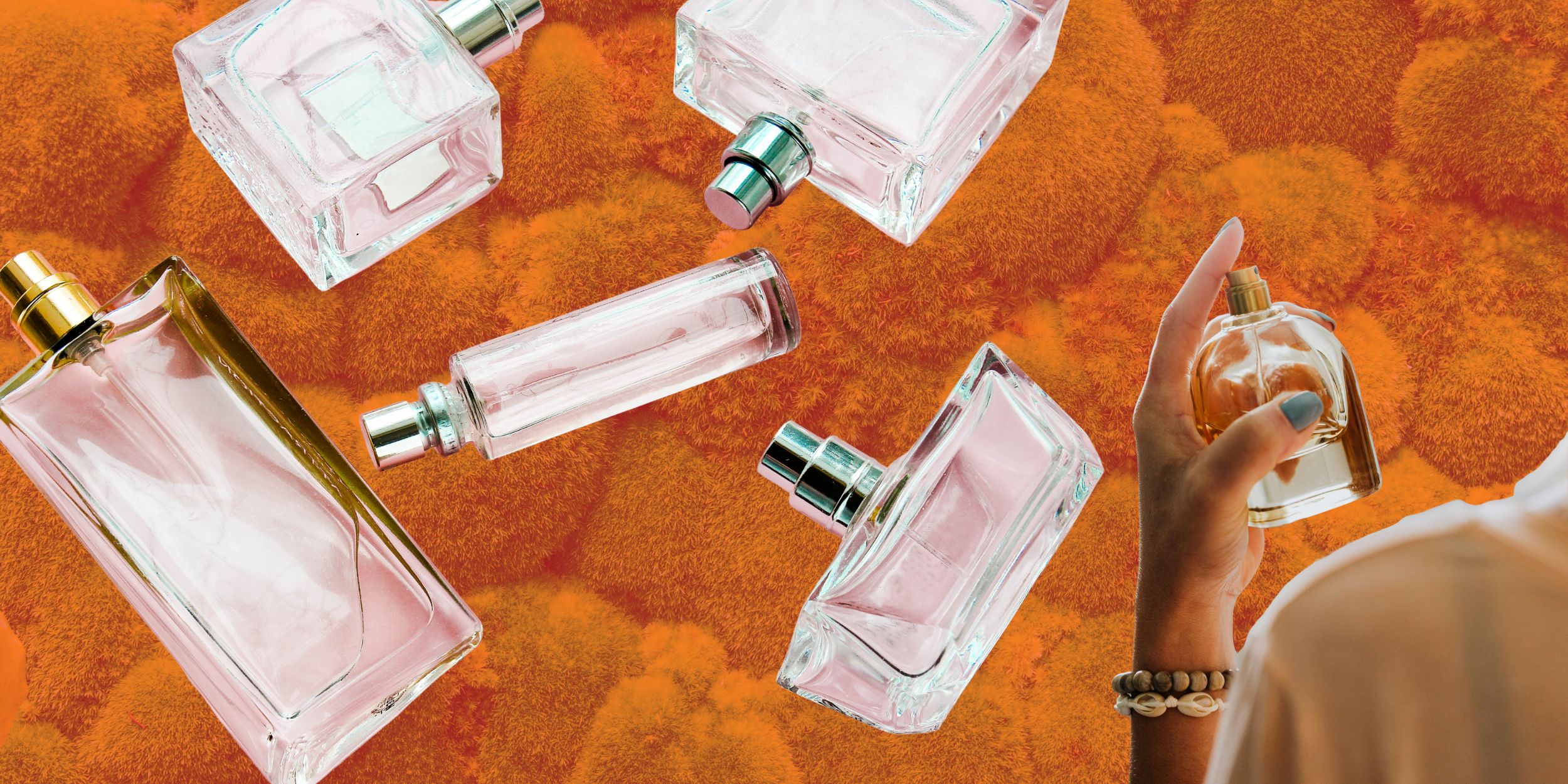
This week, Kering made a bold strategic move, selling its beauty and fragrance portfolio, including Creed, Stella McCartney Beauty, Boucheron fragrances, and all other licensed cosmetic lines, to L’Oréal for $4.6 billion.
Kering is refocusing on its core strength: fashion. By offloading beauty, it can streamline operations and invest more in luxury fashion houses like Gucci, Saint Laurent, and Balenciaga. For L’Oréal, this is a major boost to its luxury division, bringing iconic fragrance and beauty brands under one roof and increasing scale in high-end markets.
Pros of the deal:
Cons to consider:
Expect more collaborations, global expansion, and marketing muscle behind the acquired brands. Creed, Stella McCartney Beauty, and Boucheron fragrances will now benefit from L’Oréal’s expertise in distribution, digital strategy, and product innovation, but the beauty landscape is also becoming more concentrated, raising questions about exclusivity and creativity.
The deal highlights a broader trend in luxury: focus, scale, and strategic ownership are increasingly defining who wins in both fashion and beauty.
Kering’s Commitment
Kering has demonstrated a strong commitment to sustainability, notably by eliminating the use of animal fur across all its brands starting from the Fall 2022 collections. This move aligns with the growing consumer demand for ethical and sustainable fashion practices.
L’Oréal’s Initiatives
L’Oréal has been at the forefront of sustainability in the beauty industry. The company has committed to reducing its environmental footprint through initiatives like sustainable packaging and responsible sourcing of ingredients. Additionally, L’Oréal has been recognised for its efforts in promoting biodiversity and supporting women’s empowerment through various programs.
L’Oréal’s Stance
L’Oréal ceased testing its products on animals in 1989, 14 years before it became a regulatory requirement. The company has since pioneered alternative testing methods, including the development of reconstructed human skin models and advanced in vitro techniques. These efforts have positioned L’Oréal as a leader in cruelty-free beauty.
Challenges in Global Markets
Despite these advancements, L’Oréal’s status as a cruelty-free brand is complicated by its sales in markets like China, where animal testing has historically been required by law for certain cosmetic products. This regulatory landscape has led to L’Oréal’s inclusion on PETA’s “do test” list, despite the company’s commitment to alternative testing methods.
Market Dynamics
The consolidation of beauty brands under large corporations like L’Oréal can create challenges for smaller beauty brands. These indie brands may face increased competition and pressure to scale rapidly to maintain market share.
Opportunities for Innovation
However, the evolving beauty landscape also presents opportunities for smaller brands to innovate and cater to niche markets. Consumers are increasingly seeking personalised and sustainable beauty solutions, areas where smaller brands can differentiate themselves.
Strategic Collaboration
Smaller brands may also explore strategic partnerships or collaborations with larger entities to leverage resources and expand their reach without compromising their core values.
If you’re seeking cruelty-free, natural beauty brands that prioritise ethics and performance, check out our curated list of 9 standout brands. These brands combine high-quality ingredients with sustainable practices, offering products that are as kind to the planet as they are to your skin.